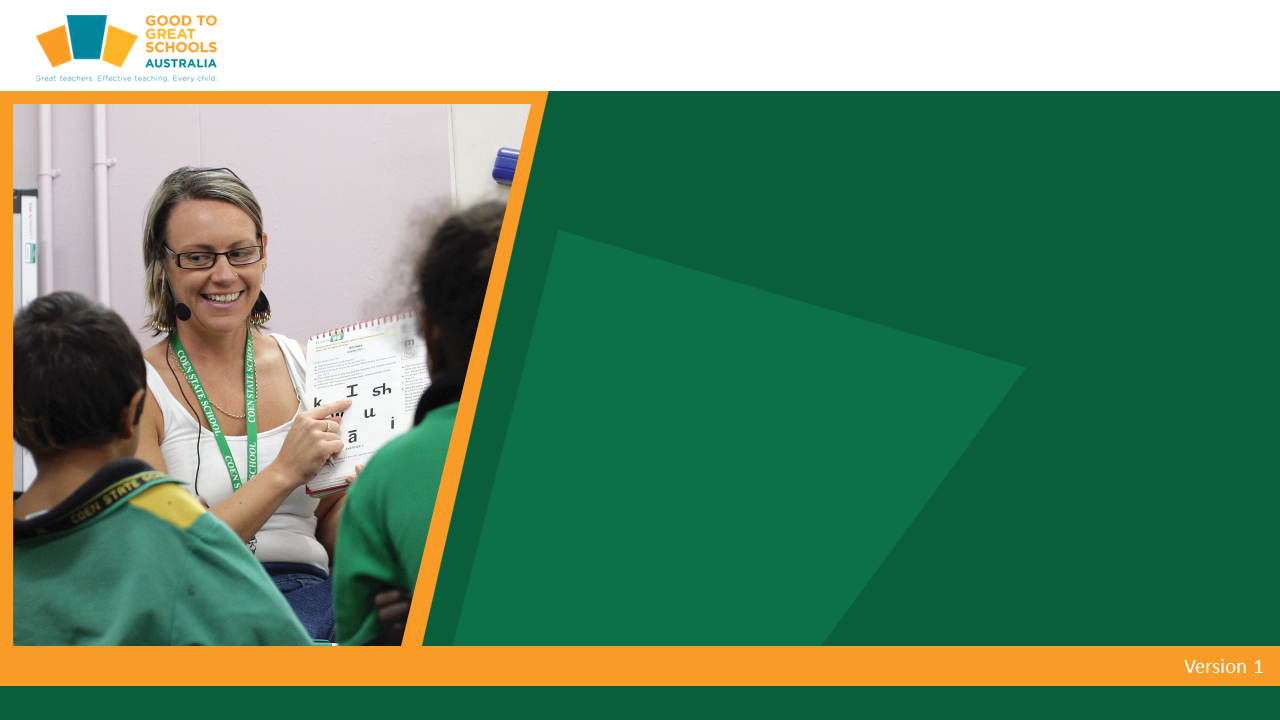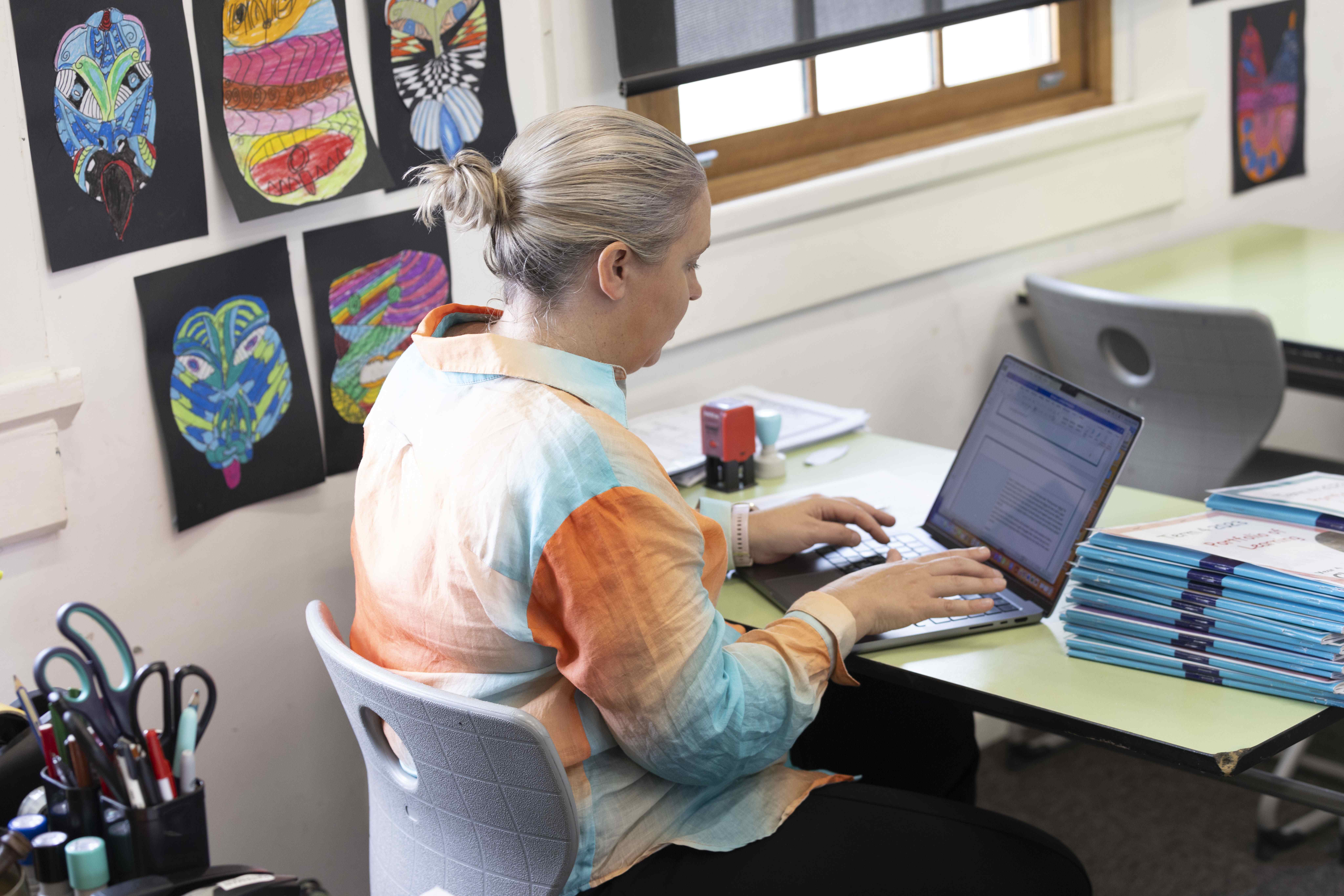Practice Direct Instruction for Special Education
-
Module Introduction2 Topics
-
Delivered With Fidelity16 Topics|2 Tests
-
Cover
-
Module Objective
-
Following a Process When Delivering Special Education
-
Special Education Using Direct Instruction
-
Identify
-
Identify Scenario
-
Adjust
-
Adjust Scenario
-
Video: Carrying Out Diagnostic Testing
-
Video: How to fill out the Individualised Plan
-
Teach
-
Teach Scenario
-
Review
-
Review Scenario
-
Check Your Understanding
-
Test Your Understanding
-
Cover
-
Not Delivered With Fidelity12 Topics|2 Tests
-
Cover
-
What Happens When the Process of Direct Instruction for Special Education is not Delivered with Fidelity
-
The Processes of Identify are not Delivered with Fidelity
-
Scenario – The Identify Steps are not Delivered with Fidelity
-
The processes of Adjust are not Delivered with Fidelity
-
Scenario – The Adjust Steps are not Delivered with Fidelity
-
The Processes of Teach are not Delivered with Fidelity
-
Scenario – The Teach Steps are not Delivered with Fidelity
-
The Processes of Review are not Delivered with Fidelity
-
Scenario – the Review Steps are not Delivered with Fidelity
-
Check Your Understanding
-
Test Your Understanding
-
Cover
-
Barriers That Impede Fidelity8 Topics|2 Tests
-
Cover
-
Barriers That Impede Applying the Processes of Direct Instruction for Special Education with Fidelity
-
Using Deductive Logic to Identify the Cause of the Barrier
-
Not Understanding Why the Process is Required
-
Not Knowing How to Do the Process
-
Not Seeing the Value in Doing the Process
-
Check Your Understanding
-
Test Your Understanding
-
Cover
-
Removing Barriers That Impede Fidelity7 Topics|2 Tests
-
Module Completion Survey1 Topic

Review Scenario
Step 1: Collecting and Assessing Data
Emily, the Year 3 teacher, utilises the Review Checklist to gather testing and assessments on all students, aiming to gauge the effectiveness of instruction and identify necessary adjustments. She focuses on evaluating student progress, particularly in terms of their completion of learning goals.
Step 2: Reviewing Student Data
Emily meets with the Head of Wellbeing to review the Student Data Report, analysing the collected data to understand each student’s performance and any areas requiring additional support. Together they assess the implementation of Individualised Plans using the Individualised Plan Evaluation to summarise findings and identify recommendations.

Step 3: Collaboration and Decision-Making
Emily and the Head of Wellbeing share the Individualised Plan Review Report with the Student Support Team, engaging in discussions to comprehend the impact of the plans. They collaborate to determine if students are demonstrating learning at the appropriate rate or if further assessment for potential learning disabilities is necessary.
Step 4: Updating Individualised Plans
Following the review meeting, Emily updates the Individualised Plan goals and adjusts any modifications or transitions based on the discussions and recommendations. The Student Support Team endorses the updated plans and Emily implements them the following school day, ensuring to record notes and update the Student Profile to reflect the changes and ongoing support for each student’s evolving needs.

